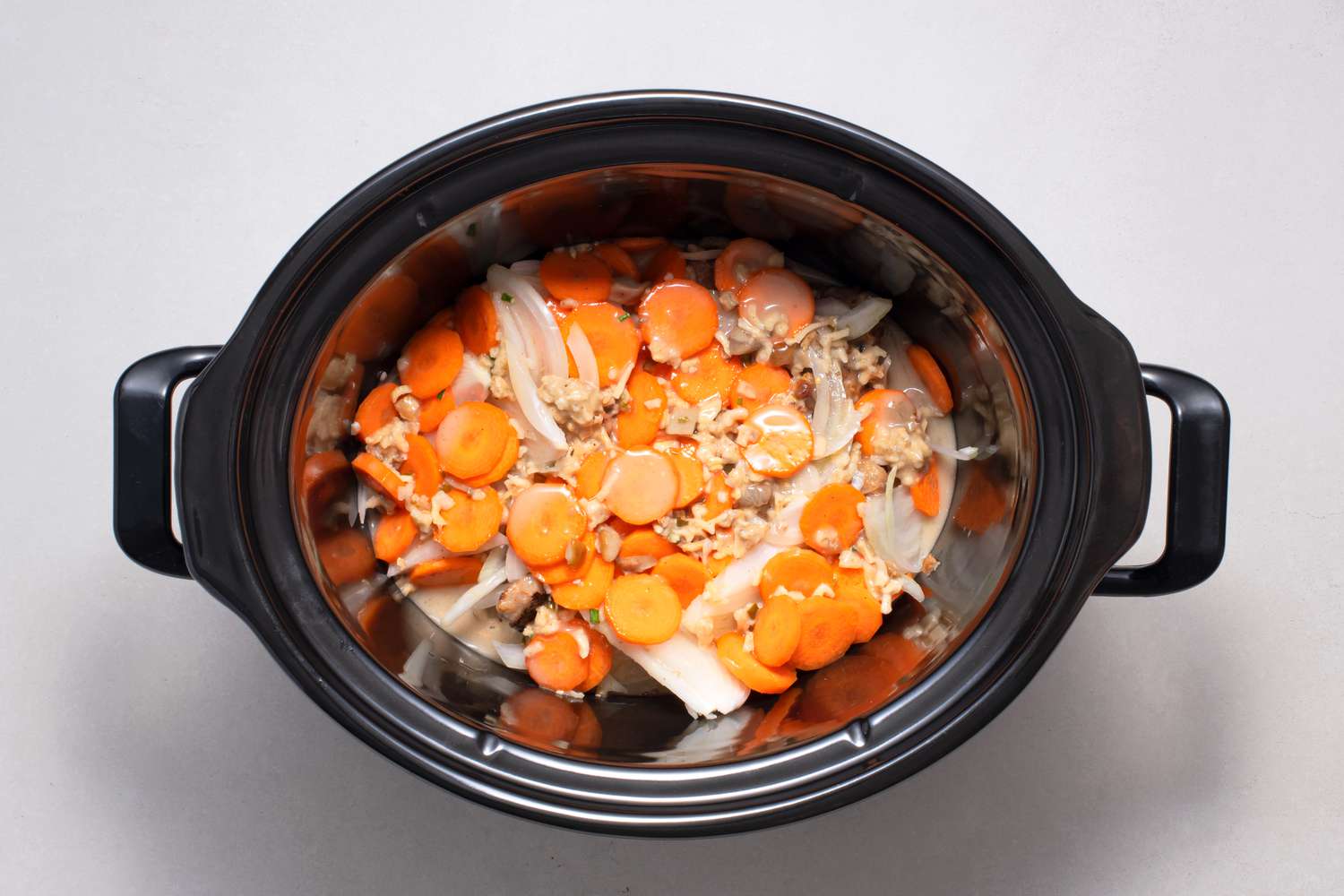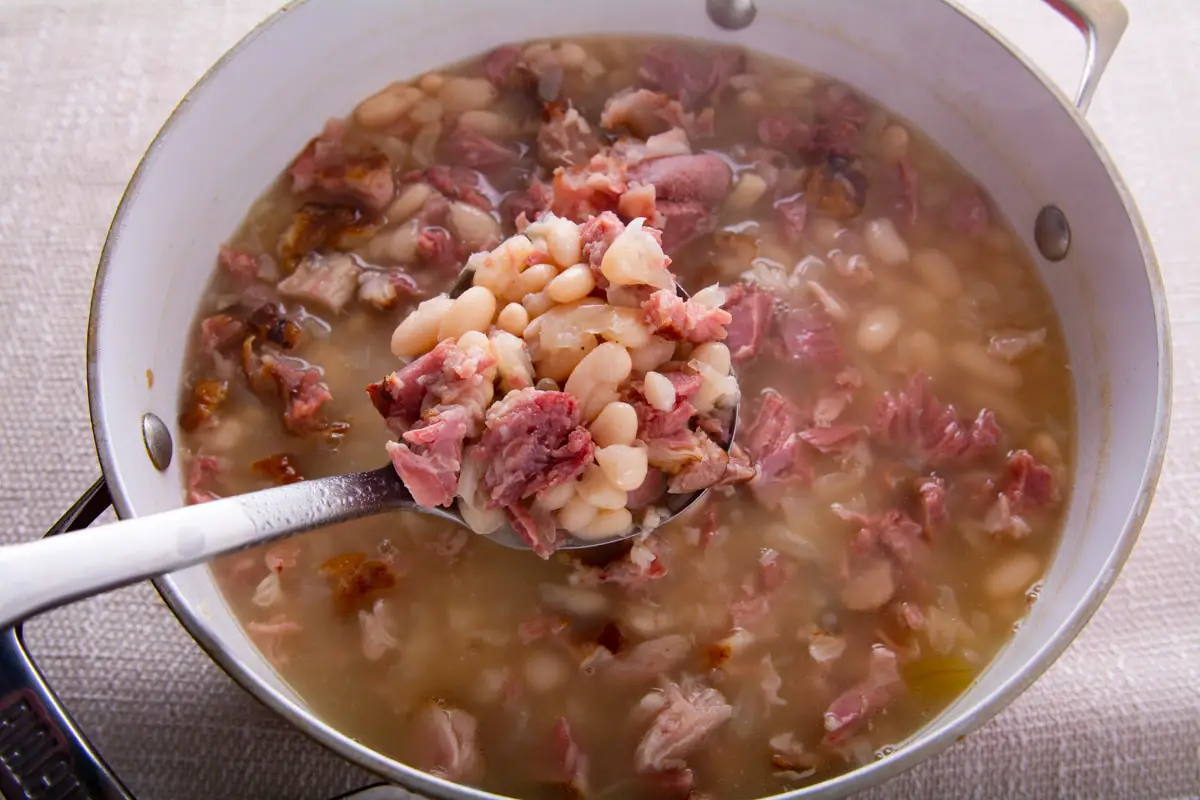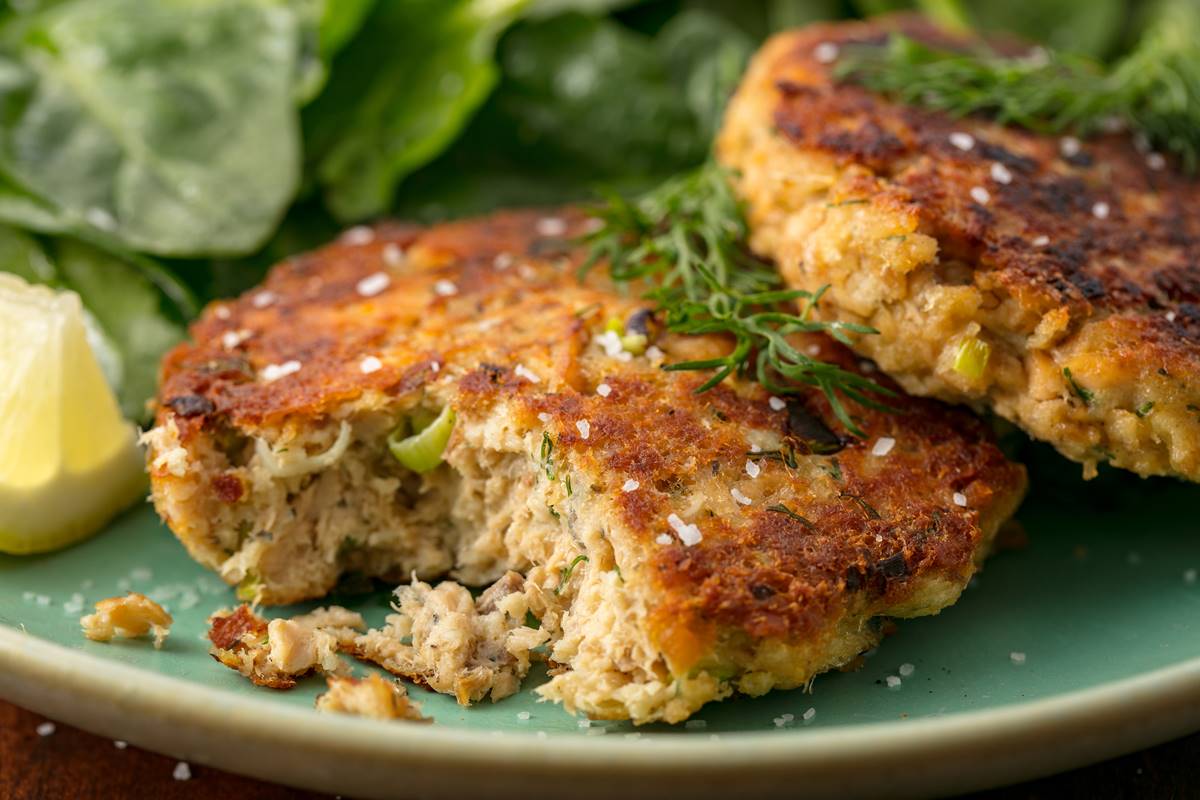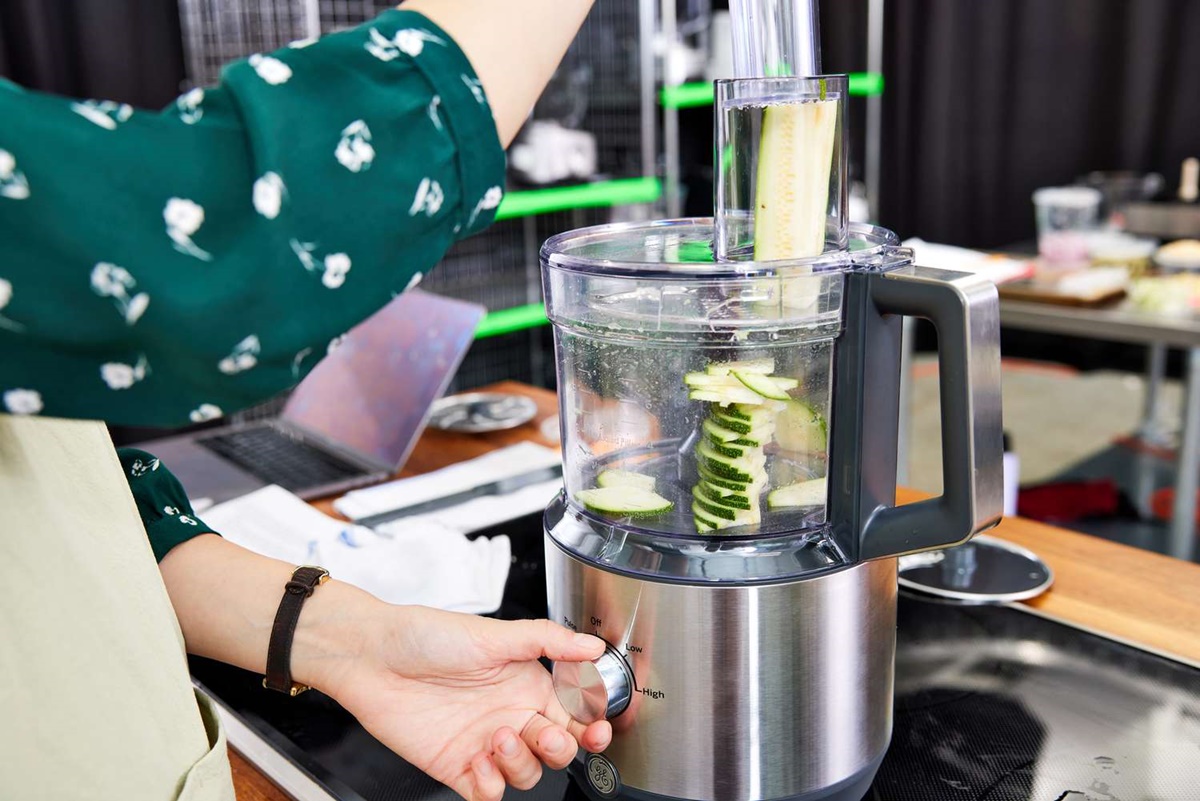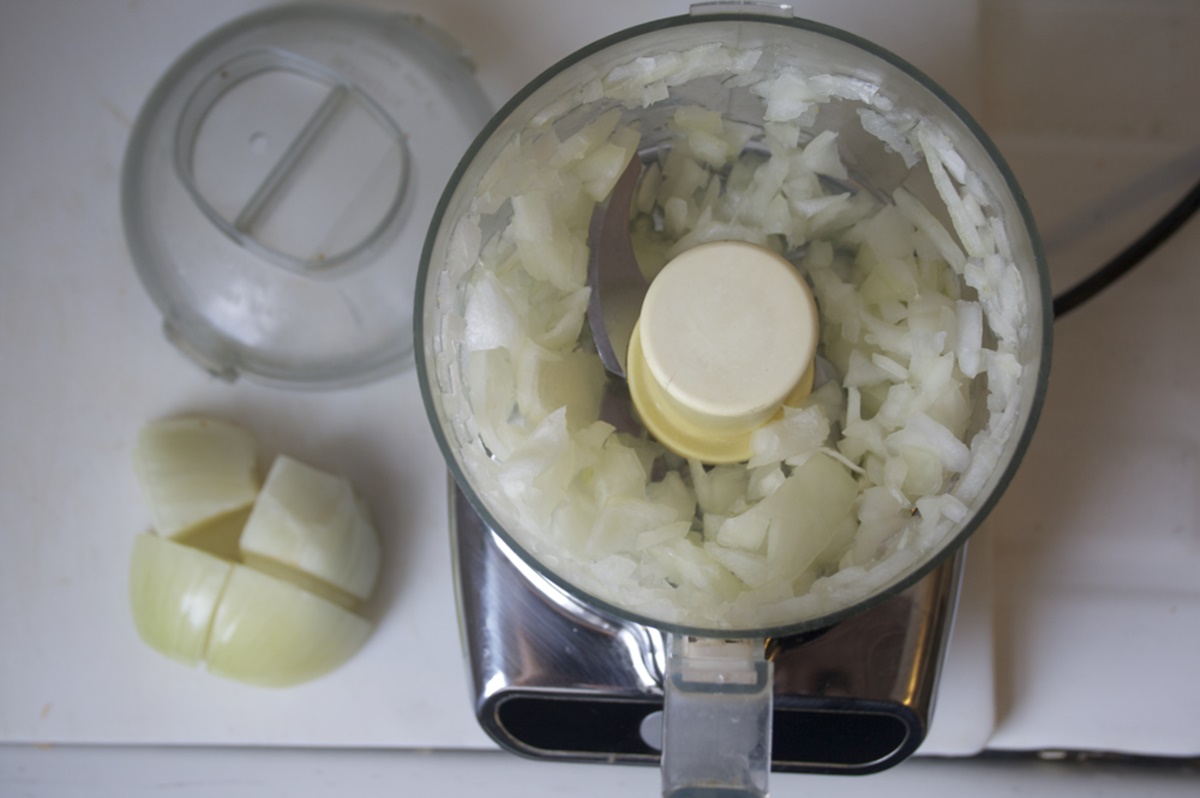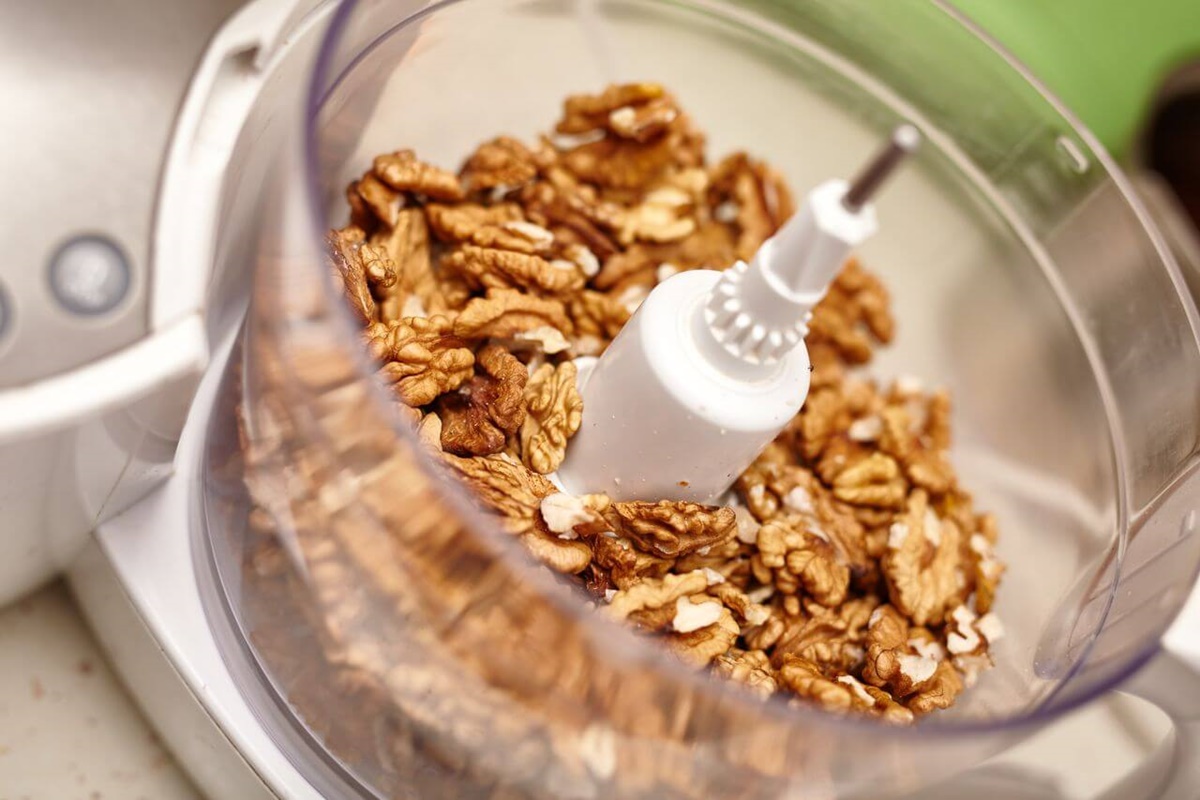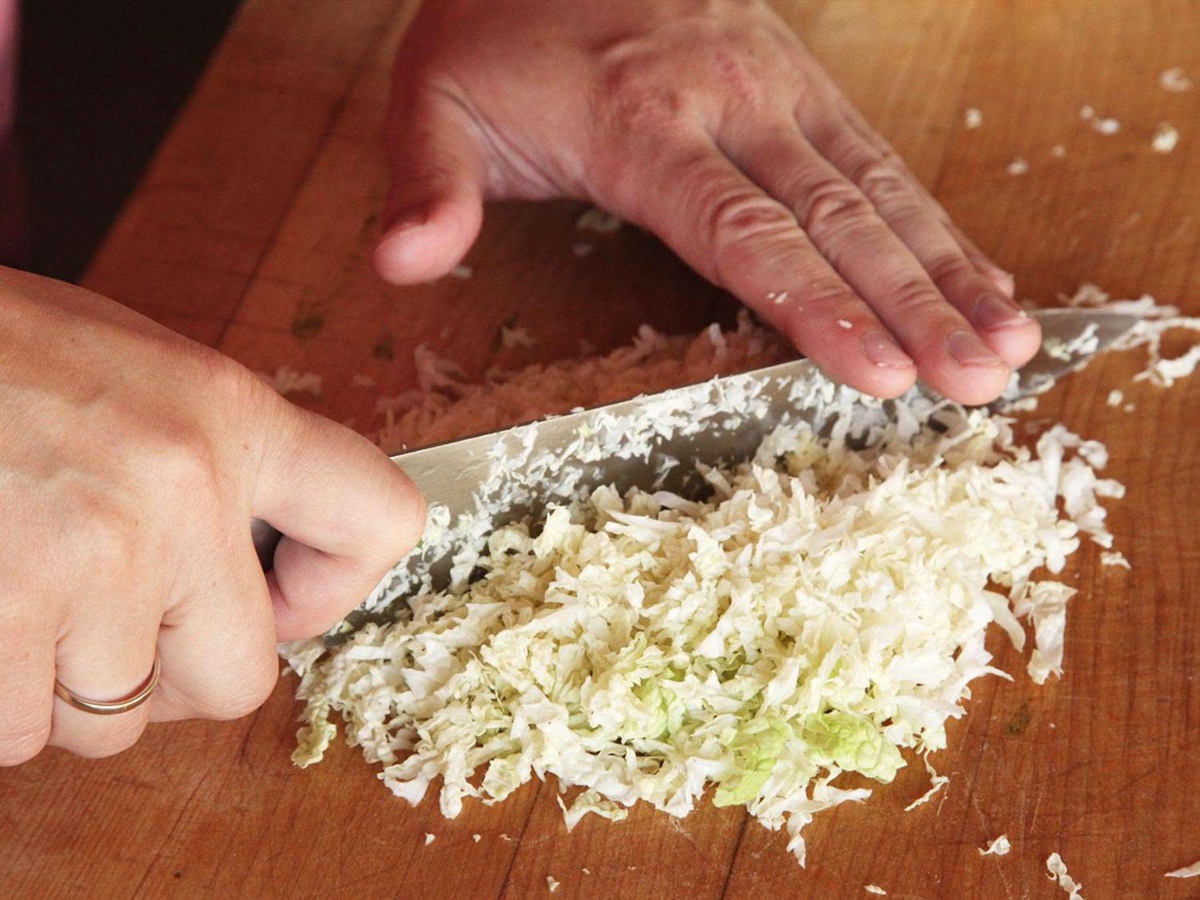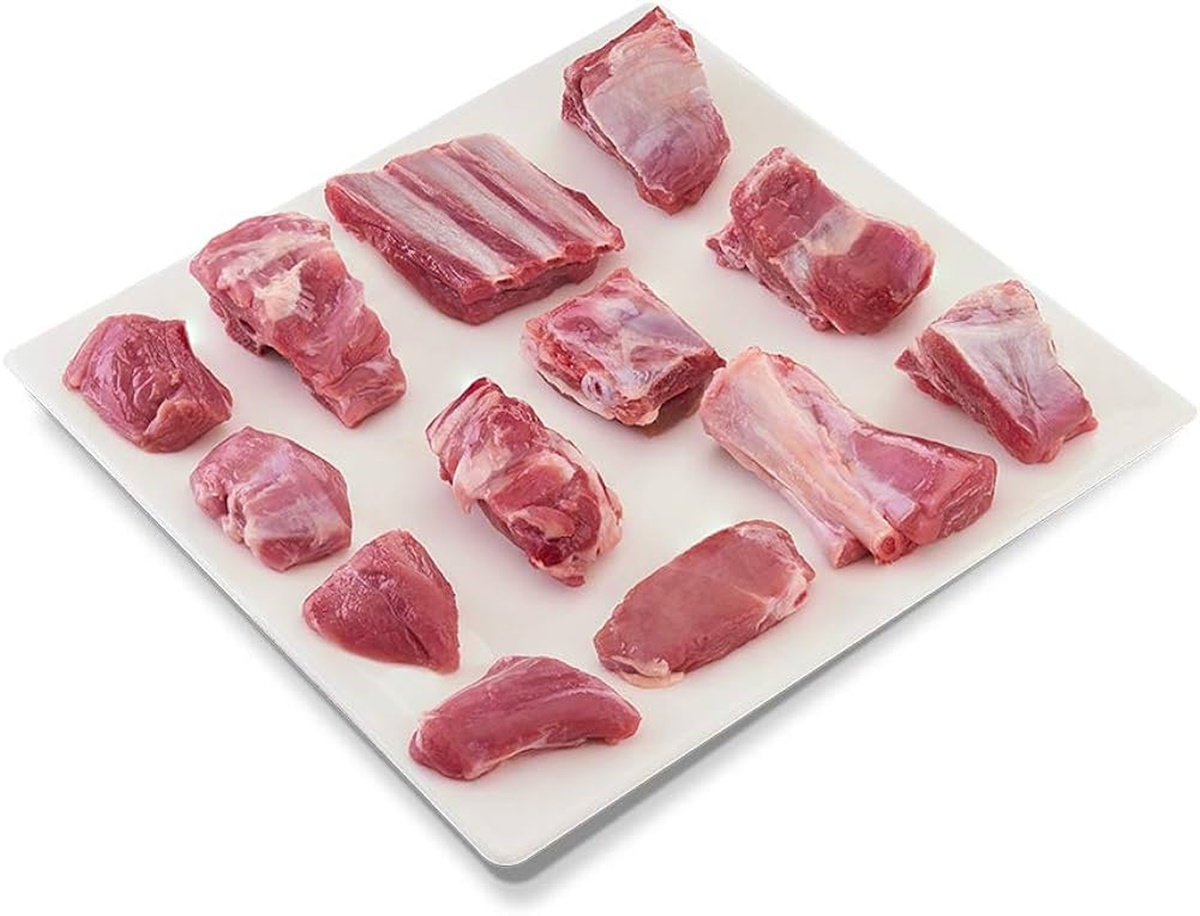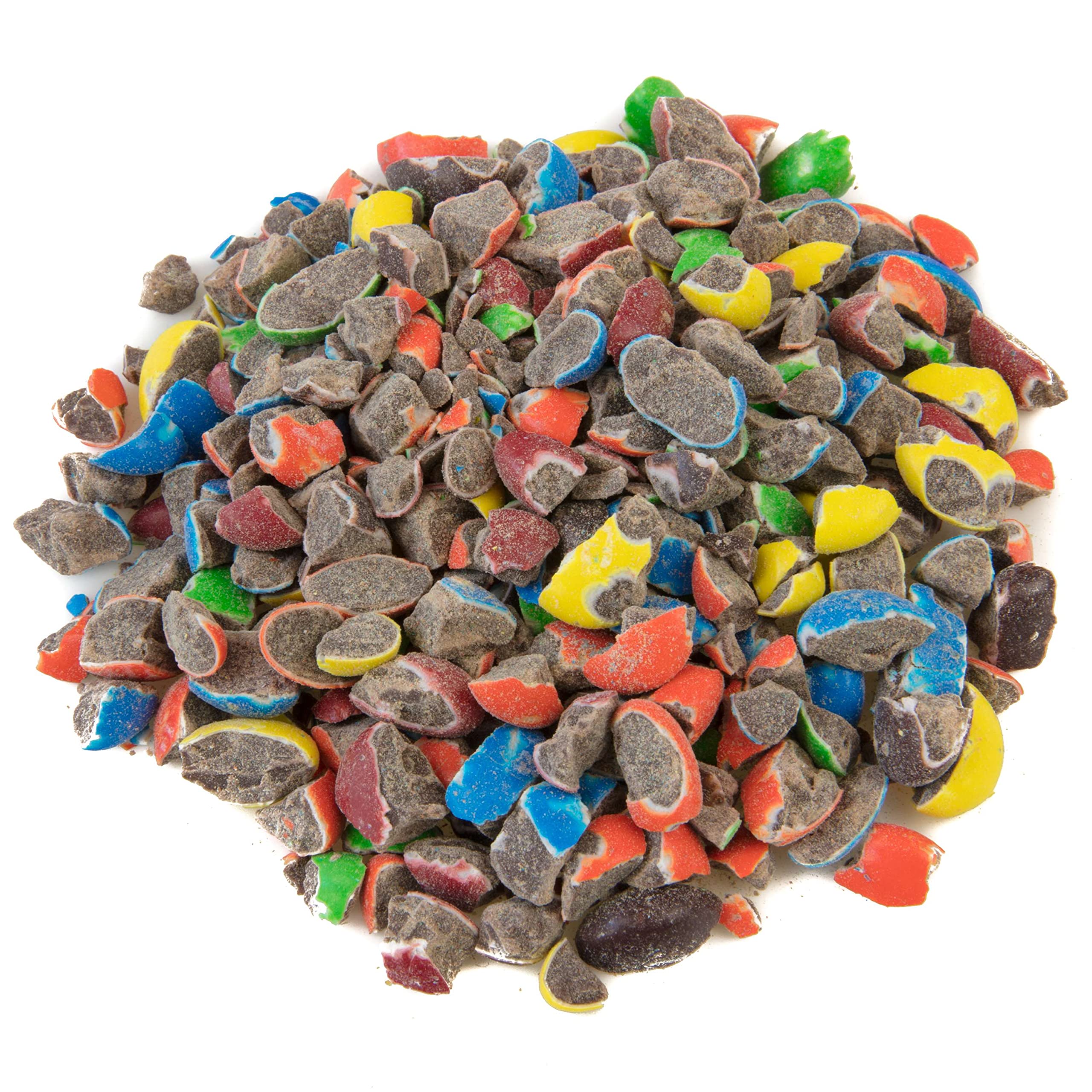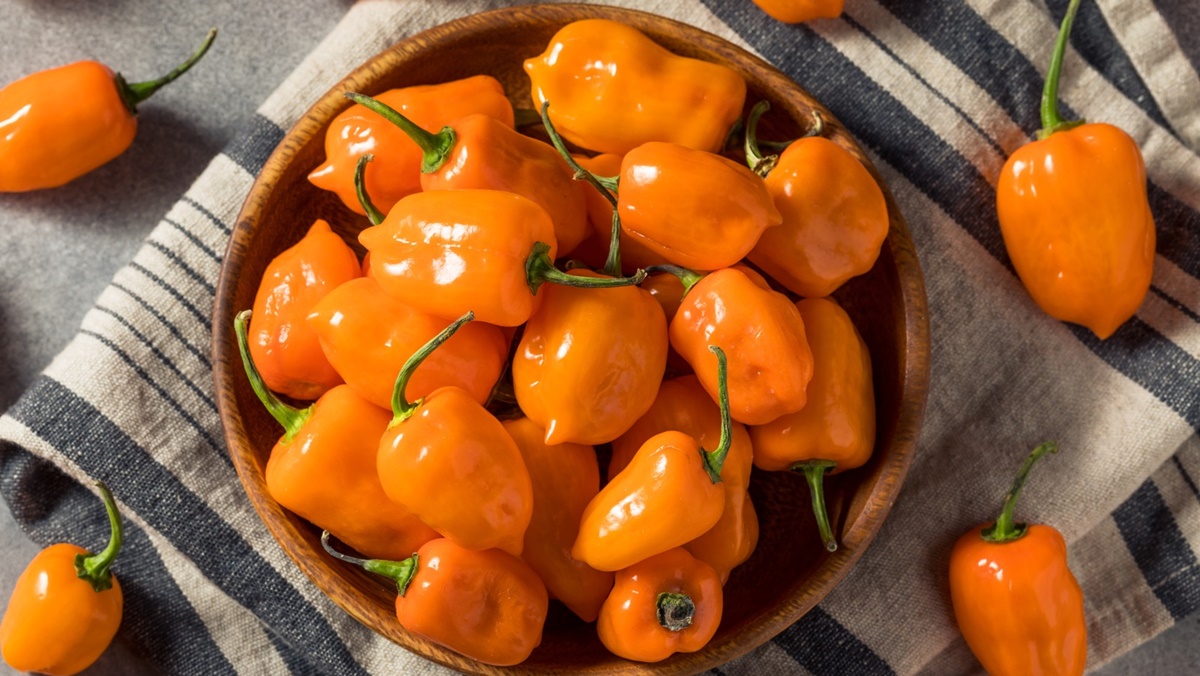How To Cook Shrimp With Shell On
If you’re a seafood lover, shrimp is probably one of your favorite delicacies. Whether you enjoy them in a flavorful curry, pasta dish, or simply grilled, learning how to cook shrimp with the shell on can take your culinary skills to the next level. Not only does cooking shrimp with the shell intact help retain its natural flavors, but it also adds a visually stunning element to your dish.
Why Cook Shrimp With the Shell On?
Cooking shrimp with the shell on has several advantages:
- Enhanced Flavor: The shell acts as a protective barrier, locking in the natural juices and flavors of the shrimp. This results in a more succulent and flavorful dish.
- Increased Moisture: Leaving the shell on during cooking helps prevent the shrimp from drying out, ensuring a moist and tender texture.
- Presentation: Serving shrimp with the shell on not only looks impressive but can also add a touch of elegance to your plate.
Prepping the Shrimp
Before you start cooking the shrimp, make sure to properly clean and devein them:
- Begin by rinsing the shrimp under cold water to remove any dirt or debris.
- Take a small pair of scissors or a sharp knife and carefully cut along the back of the shrimp to expose the vein.
- Gently pull out the vein using the tip of your knife or your fingers.
- Rinse the shrimp once again to ensure it is clean.
Cooking Method #1: Grilling
Grilling shrimp with the shell on adds a delightful smoky flavor. Here’s how to do it:
- Preheat the grill to medium-high heat.
- Brush the shrimp with olive oil and season with salt, pepper, and your favorite spices.
- Place the shrimp directly on the grill and cook for 2-3 minutes per side, or until they turn pink and opaque.
- Remove from the grill and serve immediately.
Cooking Method #2: Sautéing
If you prefer a quick and easy cooking method, sautéing shrimp with the shell on is a great option:
- Heat a skillet over medium-high heat and add a tablespoon of butter or oil.
- Once the butter is melted or the oil is hot, add the seasoned shrimp to the skillet.
- Cook the shrimp for 2-3 minutes per side, or until they are pink and opaque.
- Remove the shrimp from the skillet and serve hot.
Removing the Shell
Now that your shrimp with the shell are cooked to perfection, it’s time to enjoy them. Here’s how to remove the shell:
- Gently hold the shrimp by the tail and peel off the shell, starting from the legs.
- If desired, leave the tail intact for a decorative presentation.
Now that you know how to cook shrimp with the shell on, you can impress your family and friends with a delicious seafood feast. Whether you choose to grill, sauté, or prepare shrimp in any other way, keeping the shell on will elevate your culinary skills and take your dishes to a whole new level.
Cooking shrimp with the shell on can add a ton of flavor and keep the shrimp tender. For those looking to dive right in, try starting with Spicy Cajun Shrimp Boil for a kick of southern spice. If you prefer something with a fresh, zesty taste, Lemon Herb Grilled Shrimp is perfect for a summer BBQ. For a tropical twist, Coconut Curry Shrimp offers a creamy and aromatic experience. Fans of bold flavors should not miss Chimichurri Grilled Shrimp, which packs a punch with its vibrant Argentine sauce. Lastly, the Lemon Garlic Shrimp Pasta is a great option for a comforting, yet sophisticated meal. Each of these recipes makes the most of cooking shrimp with the shell on, enhancing the natural flavors while keeping the shrimp juicy and delicious.
Was this page helpful?
Read Next: How To Cook Frozen Lobster Tail

